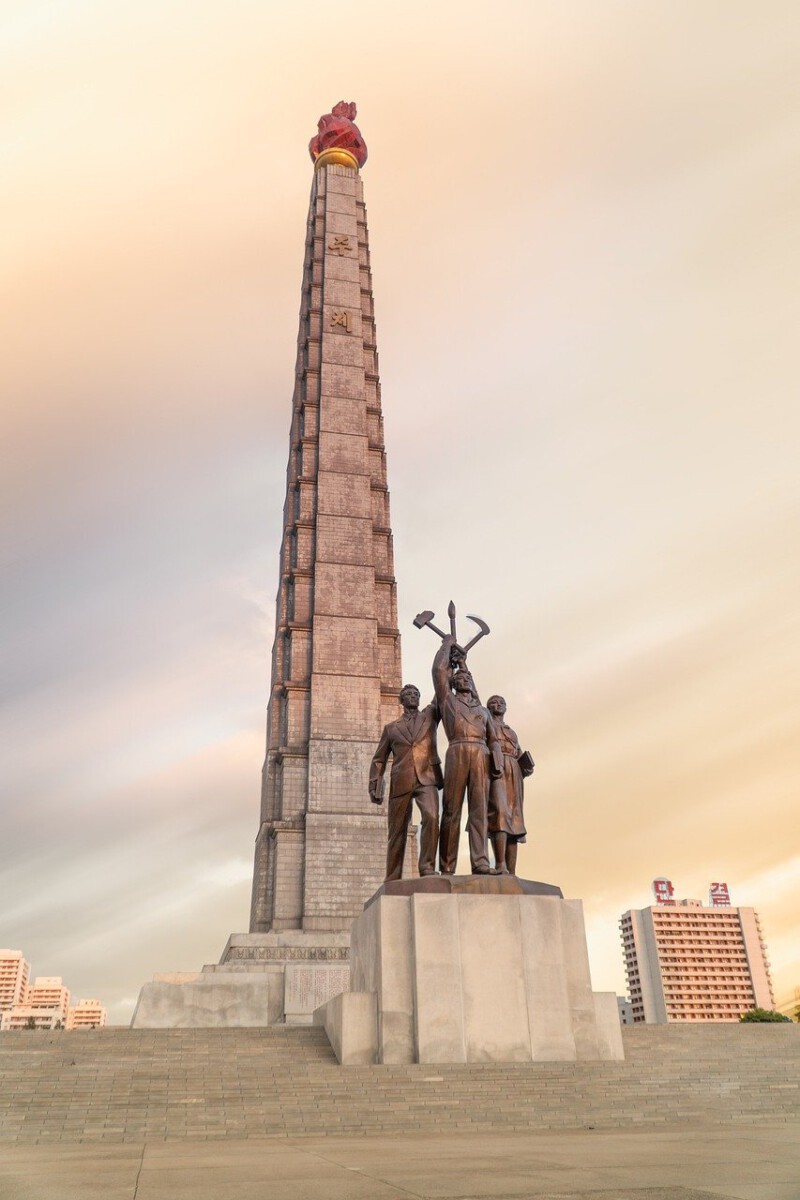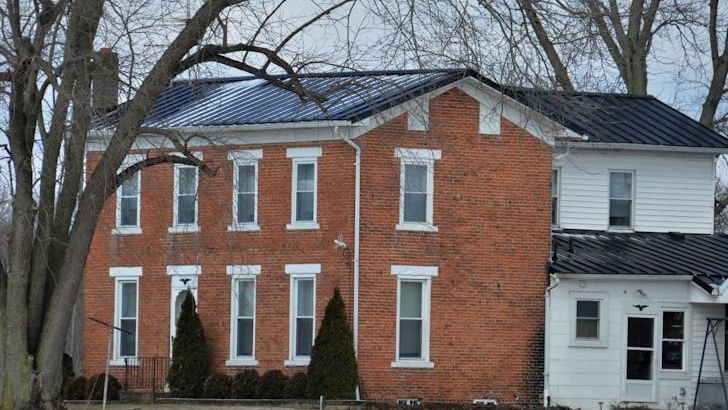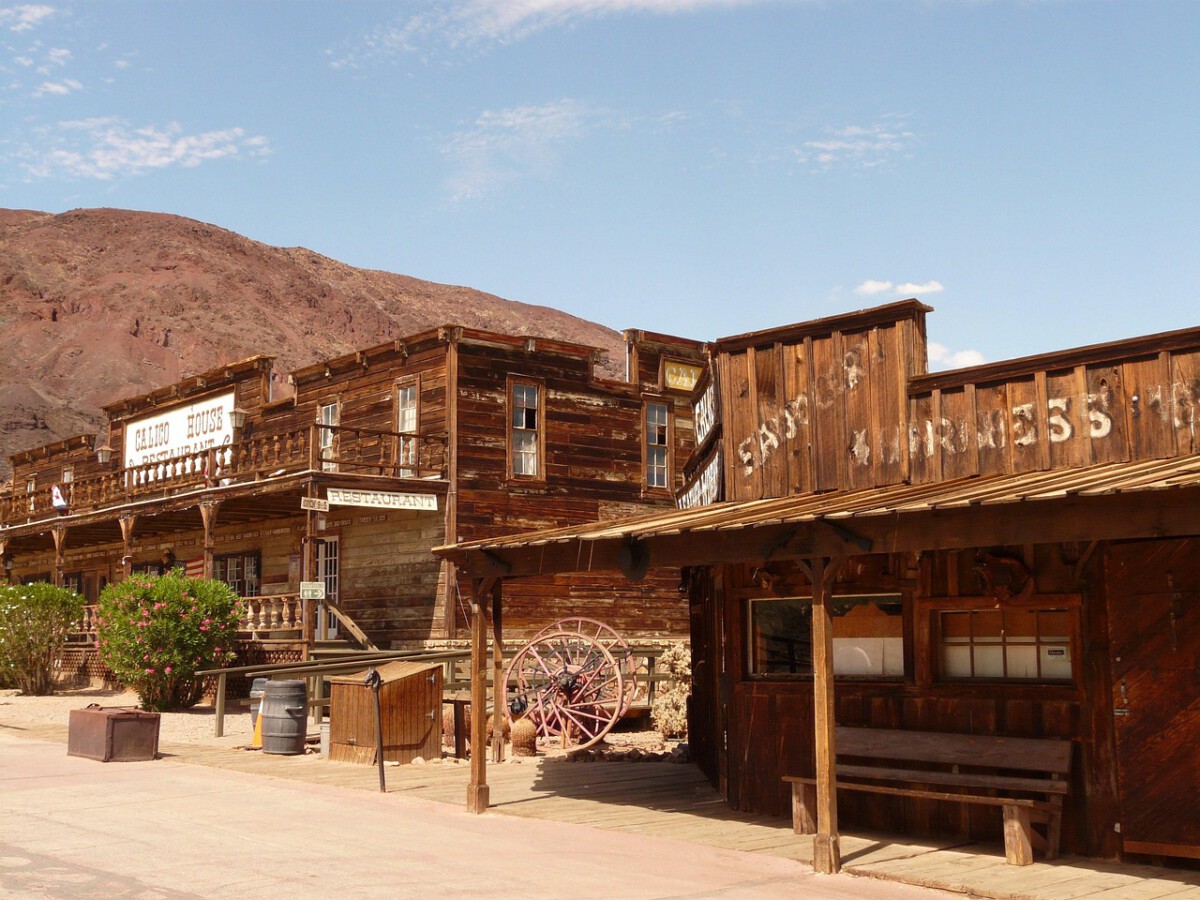North Koreans Don’t Know Anything About the Outside World

It’s commonly believed that North Koreans live in total darkness, isolated from any knowledge of the outside world. However, cracks in this information barrier have grown wider in the past five years. According to a 2024 report from the Seoul-based Database Center for North Korean Human Rights, over 50% of defectors said they had watched foreign films or TV shows, primarily South Korean dramas and Hollywood movies, before escaping. This is largely due to the smuggling of USB drives and SD cards across the Chinese border. North Korean authorities have responded with intensified crackdowns, but underground networks remain active. Satellite phones and Chinese cell networks occasionally reach the border provinces, allowing for clandestine communication. Even within the country, some residents reportedly tune in to foreign radio broadcasts at great personal risk. The reality is that a growing number of North Koreans are aware of life beyond their borders, challenging the myth of total ignorance.
Everyone in North Korea Is Starving
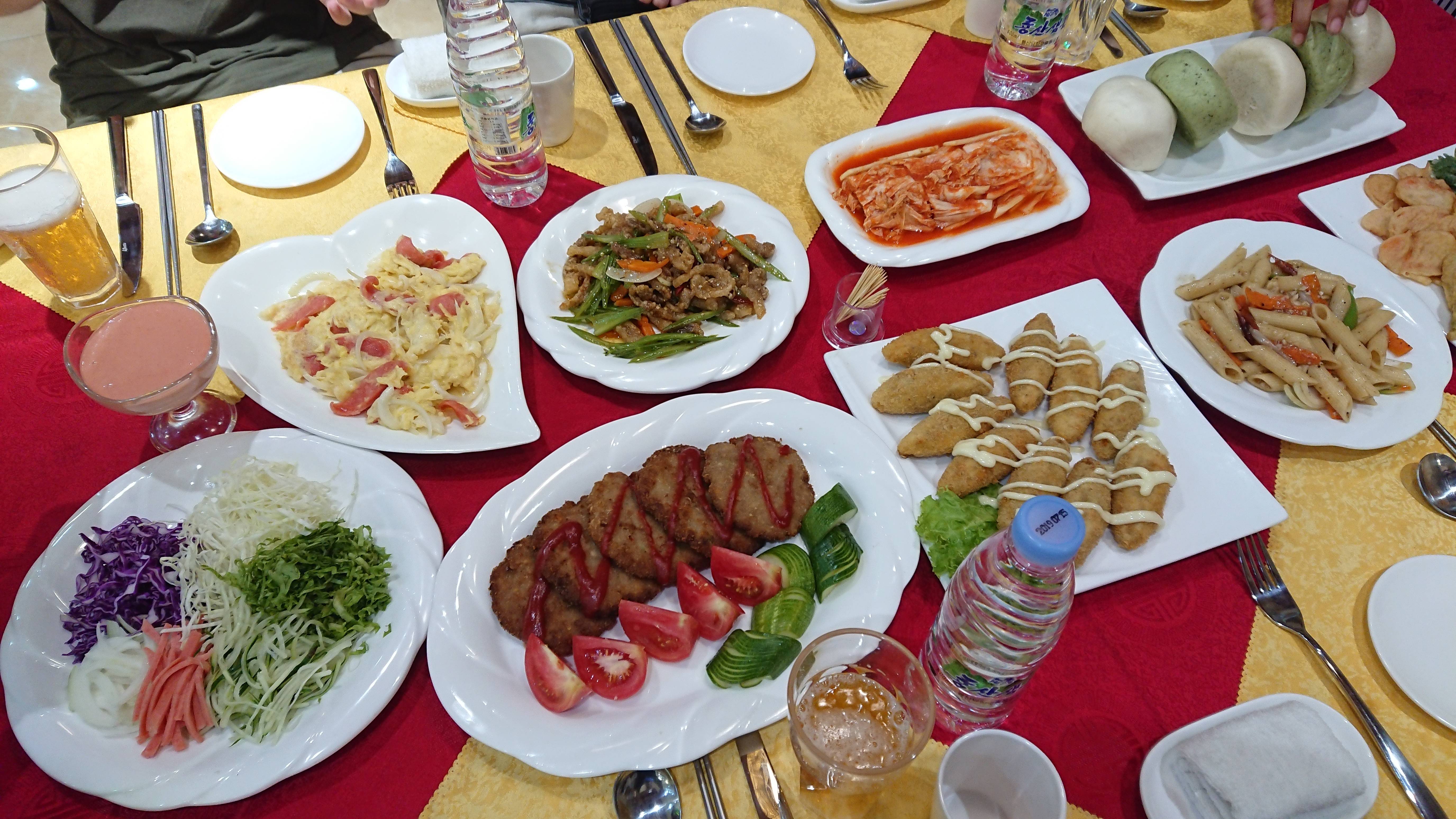
While food insecurity remains a serious issue, the blanket statement that everyone is starving in North Korea is outdated. The World Food Programme’s 2024 assessment found that about 40% of the population—roughly 10 million people—face chronic food shortages, but not universal starvation. Urban centers such as Pyongyang have notably better access to food, with government rations supplemented by thriving black markets known as “jangmadang.” These markets have become vital for survival, allowing citizens to buy and sell goods beyond the state’s control. In fact, a 2023 United Nations survey noted that malnutrition rates among children in Pyongyang are half those found in rural provinces. The government has also implemented targeted food distribution in regions hit hardest by drought, reflecting a more nuanced picture than the dire images often circulated in Western media.
All North Koreans Worship Kim Jong Un
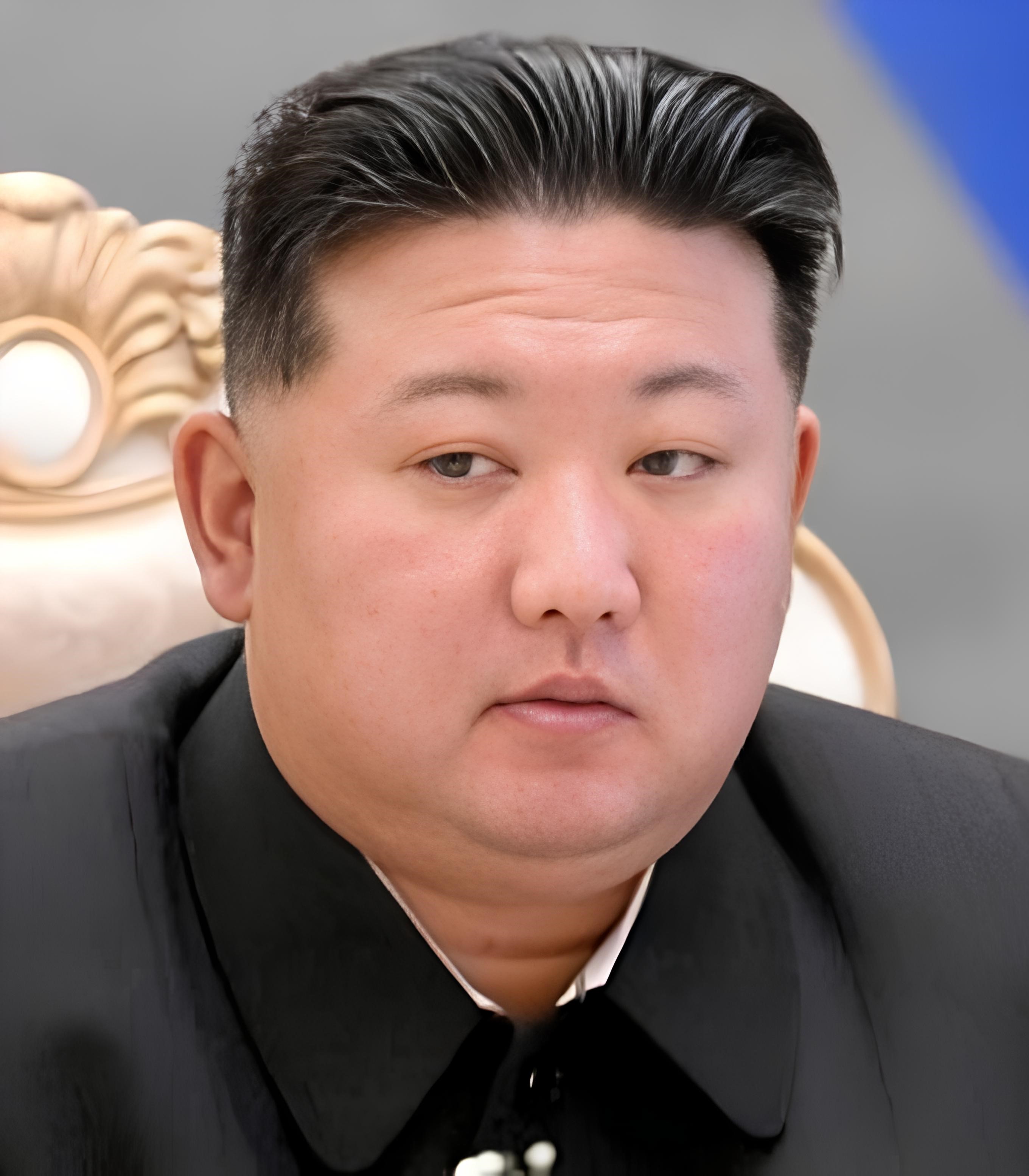
The idea that every citizen is a devoted follower of Kim Jong Un is overstated. Although state propaganda is relentless and public displays of loyalty are mandatory, private attitudes are far more complex. As recently as January 2025, interviews with recent defectors conducted by the BBC revealed growing cynicism, particularly among younger generations. Many youth, exposed to smuggled media, quietly question the regime’s narrative. A 2024 survey by the Korea Institute for National Unification found that only 38% of defectors described their feelings toward the leadership as “positive” before leaving the country. While public dissent is extremely dangerous, the regime’s control over private belief is not as absolute as often assumed.
North Korea Is Completely Closed to Foreigners
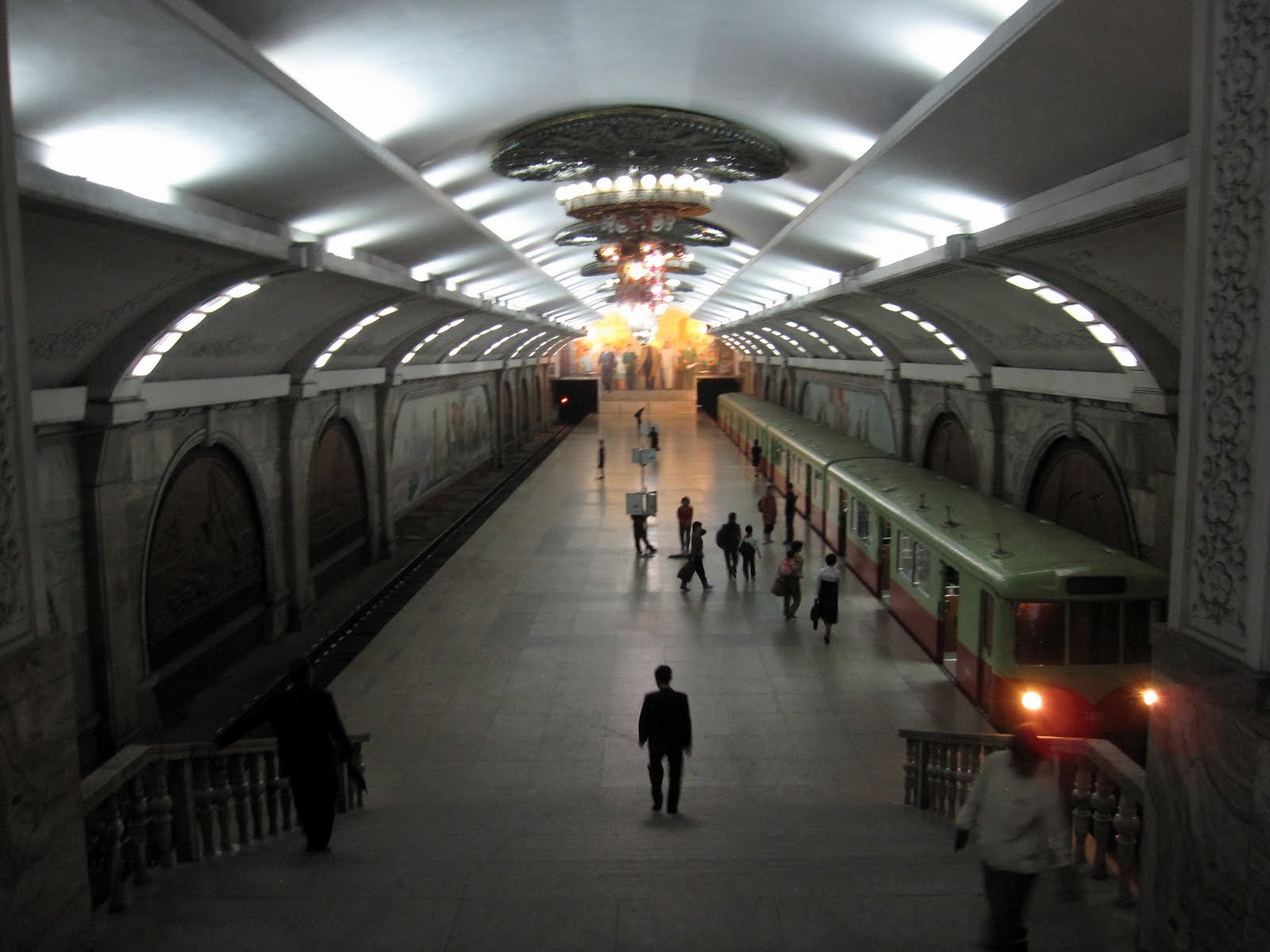
Despite severe restrictions, North Korea is not entirely off-limits to outsiders. In 2024, over 1,500 foreign visitors—mostly diplomats, aid workers, and a handful of tightly supervised tourists—entered the country, according to the latest figures from Koryo Tours. The country reopened its borders to select foreign missions in late 2023 following nearly four years of COVID-19 isolation. Humanitarian organizations like the International Federation of Red Cross and Red Crescent Societies have maintained a limited but continuous presence, delivering medical aid and disaster relief. Special events, such as the Pyongyang Marathon, have also drawn international participants under strict monitoring. The image of a hermetically sealed nation is far from the whole truth.
North Koreans Have No Technology or Internet Access

Assumptions that North Koreans are stuck in a technological Stone Age ignore significant developments. By late 2024, mobile phone subscriptions in North Korea surpassed 6.5 million, based on data from Koryolink, the country’s main telecommunications provider. While the domestic network is tightly controlled and doesn’t connect to the global internet, it allows for texting, limited browsing on a national intranet, and even streaming state-approved videos. In Pyongyang, local apps for taxi-hailing, food delivery, and e-commerce have become increasingly popular, particularly among the urban elite. Computer labs in universities and major workplaces provide access to domestic resources, and some researchers reportedly access international journals via supervised intranet gateways. The tech gap is real, but the country is not as digitally barren as widely believed.
Everyone in North Korea Wears the Same Clothes

The image of a nation dressed in identical drab uniforms is outdated. Although schoolchildren and government employees wear prescribed clothing, especially during public events, market reforms have led to a quiet fashion revolution in urban areas. In 2024, researchers from the Center for Strategic and International Studies documented the rise of private tailoring shops in Pyongyang and border cities. Young women in particular favor brightly colored dresses and Western-style shoes, often purchased from jangmadang markets or smuggled in from China. State-run fashion shows, now broadcast on domestic TV, promote a surprising variety of styles. The regime’s grip on personal appearance has loosened, especially among the urban middle class, signaling a subtle shift in cultural expression.
Pyongyang Is the Only Developed City
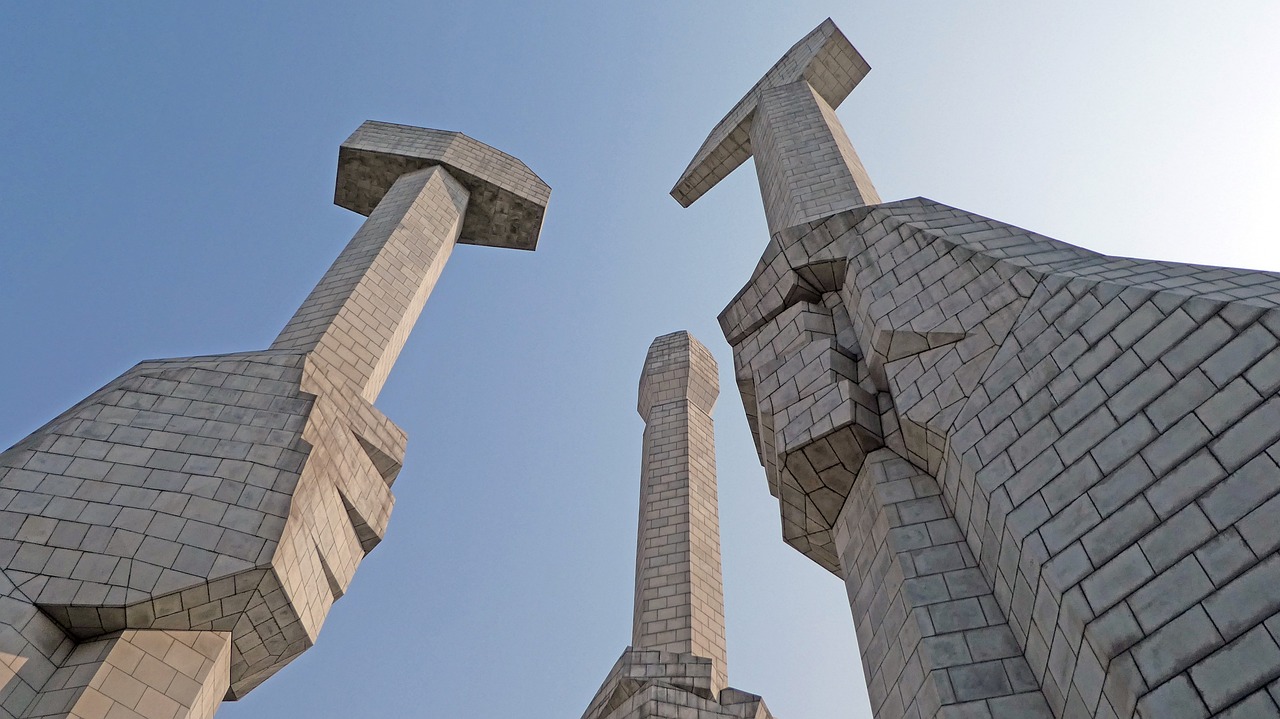
While Pyongyang remains North Korea’s showcase capital, several other cities have experienced notable growth since 2020. The port city of Wonsan, for instance, saw the opening of a new international resort in mid-2024, including a luxury hotel and entertainment facilities, as reported by NK News. The city of Sinuiju, bordering China, has upgraded its infrastructure, including new apartment blocks, hospitals, and a riverfront park. Government investment in regional industrial zones has also spurred construction in Hamhung and Chongjin, both now boasting new shopping centers and improved public transport. These developments are uneven and often limited to privileged residents, but they illustrate that progress is not limited to the capital.
There’s No Private Business in North Korea
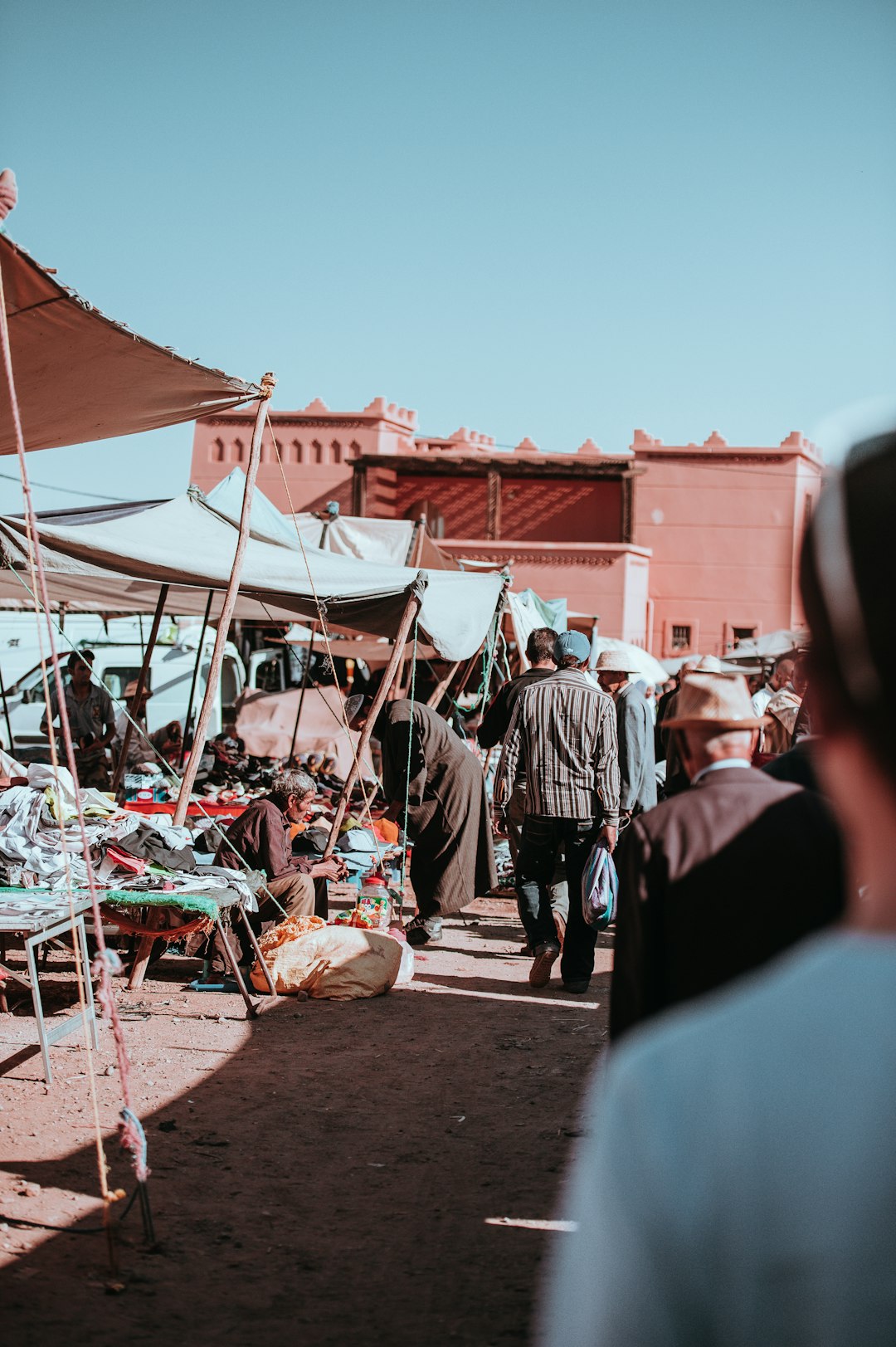
Many assume North Korea has no private enterprise, but this view is outdated. Market activity, though technically illegal, is widespread and deeply embedded in daily life. By 2025, experts estimate that up to 70% of household income in North Korea comes from market-related activities, according to the Peterson Institute for International Economics. Family-run stalls, small food vendors, and unofficial taxi services operate openly in most cities. Some entrepreneurs even lease land for private farming or operate informal workshops. Government crackdowns continue, but local officials often accept bribes or even participate in the markets themselves. The private sector is a powerful, if unofficial, force in the country’s economy.
North Korea Is a Military-First Society Above All Else
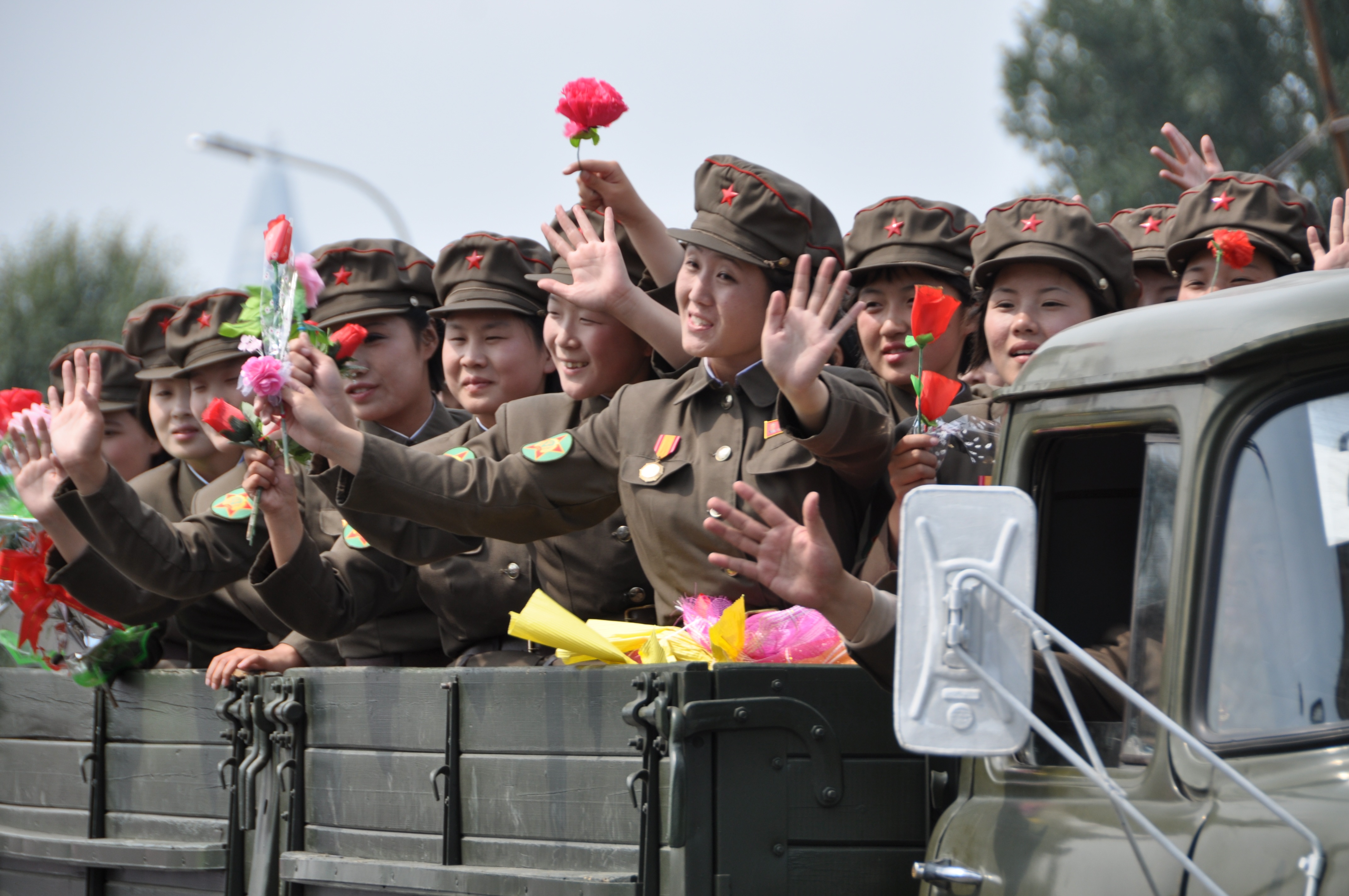
Although the regime’s “Songun” or “military-first” policy is central to state ideology, daily life for most citizens is not dominated by the military. According to a comprehensive 2024 report by the Center for Nonproliferation Studies, only about 5% of the population is actively serving in the armed forces at any given time. Mandatory military service remains, but the vast majority of North Koreans are engaged in farming, industry, education, and trade. Recent satellite images published by 38 North in January 2025 show new investment in civilian infrastructure, such as schools, sports facilities, and housing projects, outpacing military construction in several regions. For ordinary people, survival and economic opportunity often take precedence over ideology, complicating the idea of a purely militarized society.

